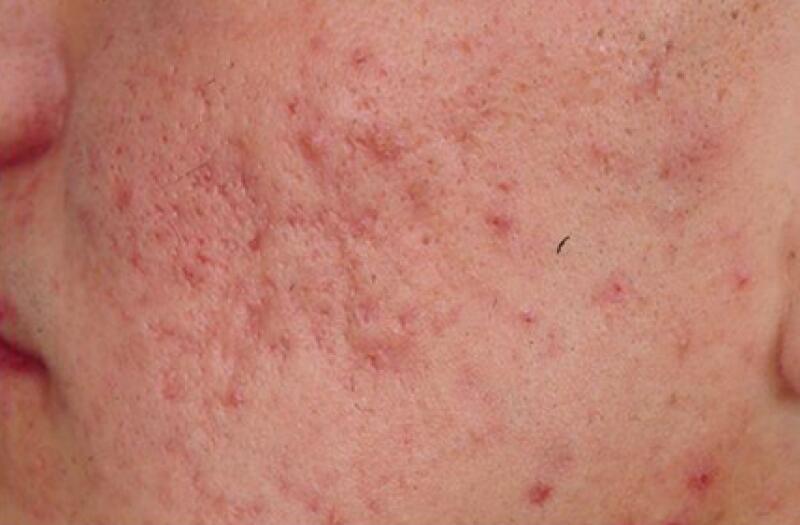-
Your concerns
Our articles to help you gain a better understanding
-
Our solutions
-
Ducray Dermatological laboratories
Our articles to help you gain a better understanding

Acne is characterized by spots but also by unsightly scars that often cause patients to feel uncomfortable. Acne scars often result in a loss of self-confidence and a fear of others staring.
Acne scars are a well-known sign of acne, but are not always present. The risk of scarring depends on the severity of the acne, with a few exceptions. In some cases, mild acne can leave large acne scars while severe acne can disappear without leaving any traces. In fact, the risk of scarring also depends on how acne is managed and on how frequently lesions are touched. That's why parents are always repeating the same message: don't touch your spots!
Acne scars are often red early on due to inflammation. Acne scars on the face are particularly unpleasant, while the patient may also develop acne scars on the back.
We differentiate between the following types of scars:
To get rid of acne scars, dermatologists propose targeted solutions such as laser treatment or skin peels. These acne scar treatments often provide partial results: skin appearance is improved but the acne scar does not disappear completely.
Acne scar cream doesn’t exist, but the daily application of some treatments can limit the appearance of residual marks.
In case of major discomfort, makeup for acne scars is a good way to regain self-confidence.
Rather than trying to remove acne scars, it is better to do all you can to avoid them: do not touch lesions, take your anti-acne treatment early and regularly and protect yourself from the sun.
Oily or acne-prone skin

Oily or acne-prone skin
NEWSLETTER
Dermatological expertise
To better understand your skin and hair, discover our exclusive content and innovative care products designed to improve your quality of life..